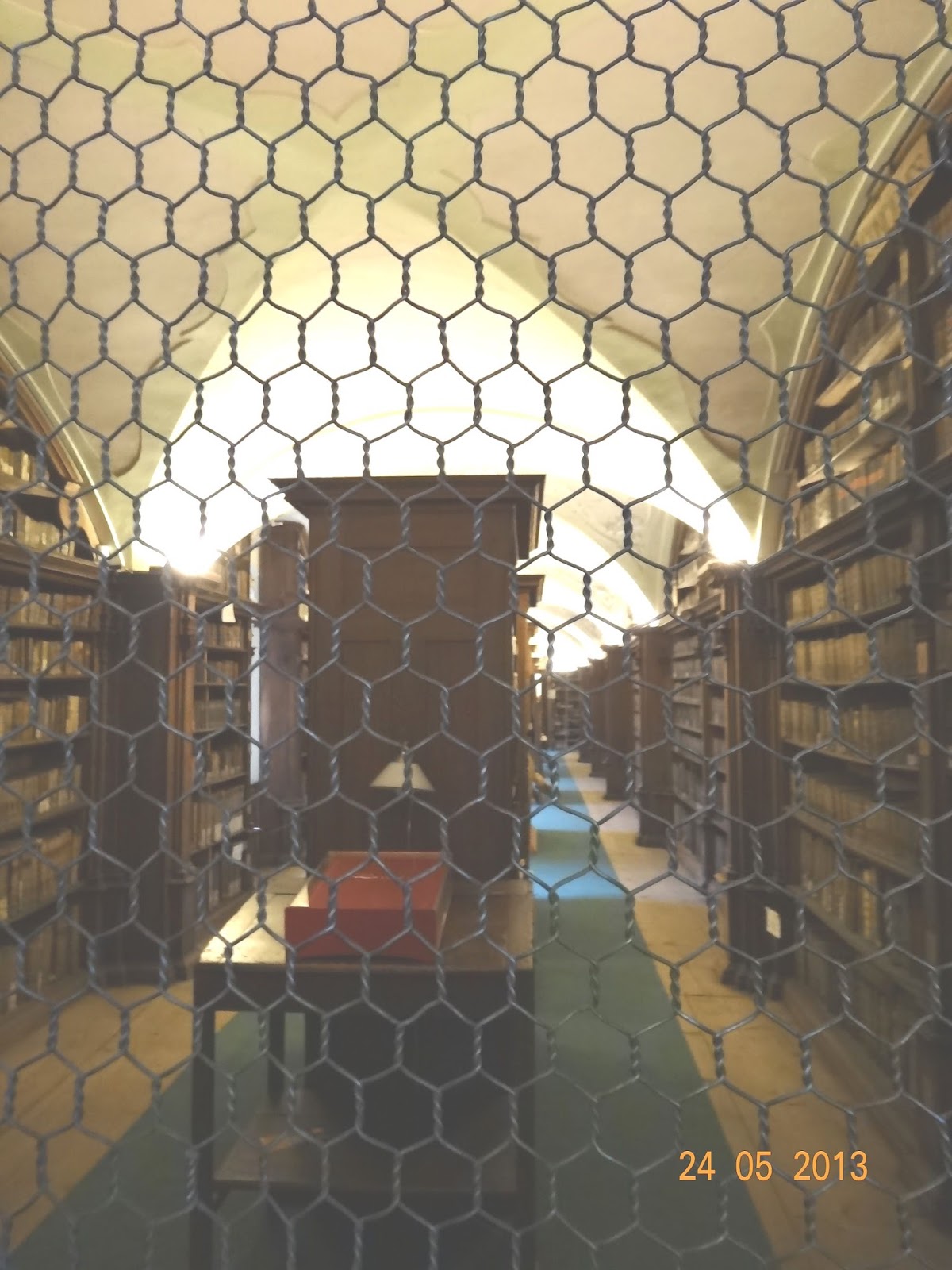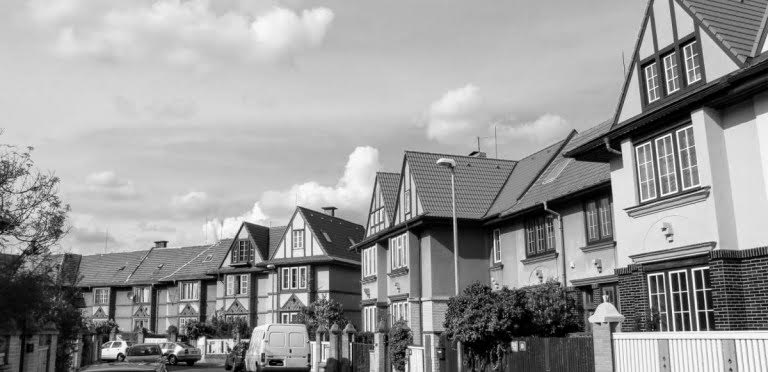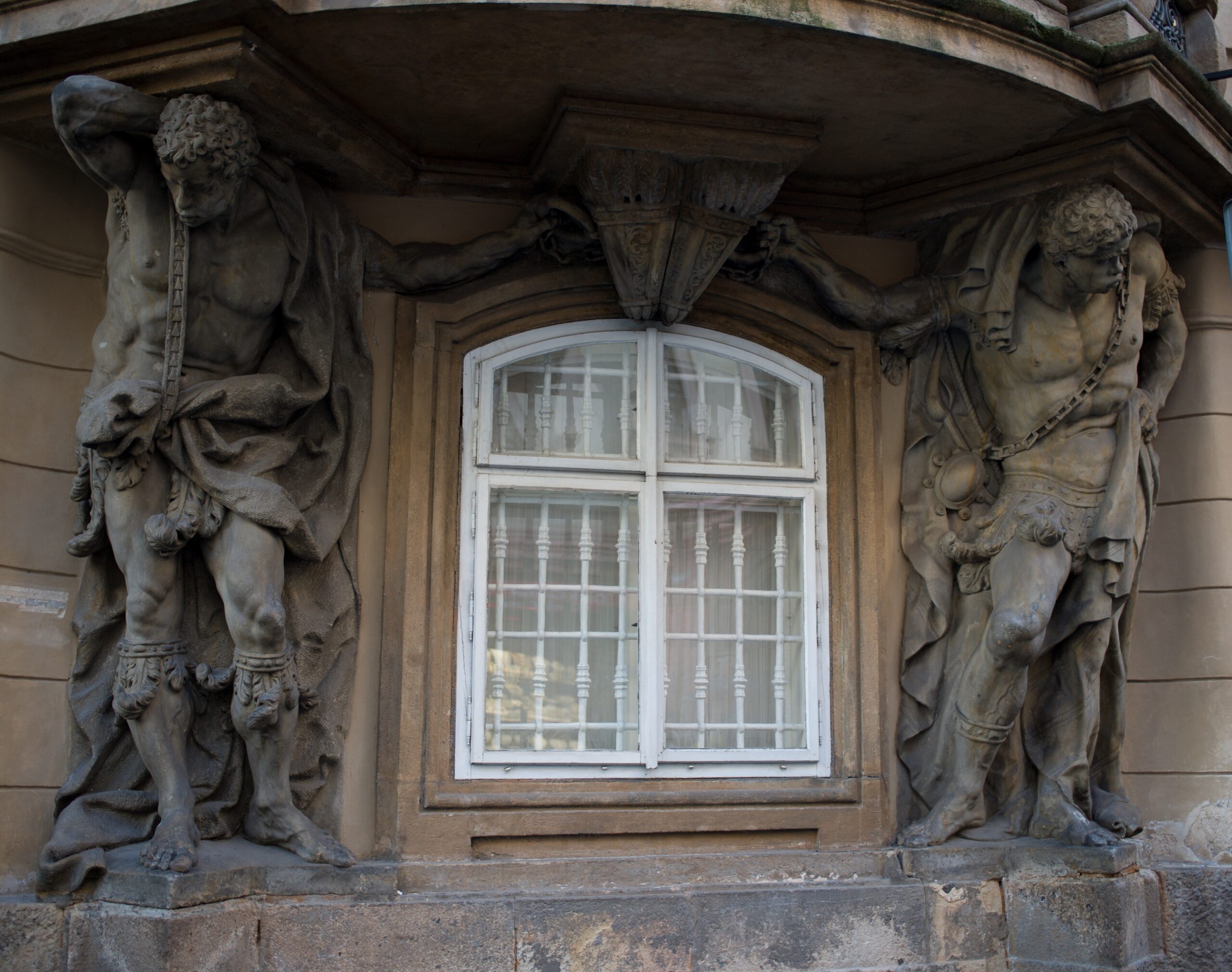Old Town of Prague was always recognized as first among all the towns the Kingdom of Bohemia, as head of all towns of Czech lands. Its history is different than the Lesser Town or the New Town, which were foundedartificially on more or less green turf. The Old Town was originally a spontaneously arising settlement alongmerchants‘ routes. Almost continuous settlement was stretched between two castles – Prague Castle and Vysehrad. An important ford across the Vltava river was on the place, where the Charles Bridge was built lately. The densest built-up area was just on place, on which now the Old Town is – particularly in the area of today’s Jilska Street and Hus Street, where you can find a well preserved original grid of streets following indigenous trade roads. The roads were enclosed by wood, later by half-wood and more later by Romanesque stone houses that you can visit today mainly in cellars. Why in cellars? The reason was that the street level was increased of one storey height by fills, so the former ground floor is in the basement now.
The town itself was established by building of the walls in the years 1232-1234 and by obtaining own city hallon the basis of permission of John of Luxembourg in 1338. Only Havel Town around havel marketplace was found as planned area.
When New Town, which circled the Old Town from all sides, was founded in 1348 by Emperor Charles IV., Old Town townspeople were concerned about their rights and limitations of their privileges. Emperor Karel IV. confirmed Old Town uniqueness by allowing control of two most important New Town gates by Old Town citizens and thus their power actually widened. Charles IV. had the idea that the two cities should unify and create a single powerful city. Thus he ordered in 1367 their merger. For the insurmountable contradictions between the burghers of both previously separate towns Karel IV had to allow their separation again after ten years. Also later there were attempts to join them, but never succeded, because of the particular interests of long duration. The forced unification occurred in 1784, when all four historical Prague center – Old Town, New Town, Lesser Town and Prague Castle district – merged in one municipality under the baton of Emperor Joseph II. Only Jewish town remained independent and formed an enclave in the middle of the Old Town. At the turn of the 19th and 20 century large part of the Old Town was affected by an infamous redevelopment, which destroyed a huge number of historical monuments. Prague followed the outstanding designs of its time – European cities such as Paris, Vienna, etc., in which historical parts were razed and replaced with wide boulevards. Fortunately, the City of Prague have only limited funds so it could destroy just northeast part of Old Town, or only about one-quarter of the originally intended purpose, which was to break through a wide boulevard from Wenceslas Square crossing Old Town Square, the Old Town and finishing by a tunnel going up Letna hill. Remains of this project is now Parizka street. If the whole project had been realized, it would have been irreversible destruction of the medieval center of Prague. So due to the fact that in the turn of 19th and 20 century Prague was no the capital city, almost the entire historical center of the city remained virtually intact compared to other European capitals.





